Skanska is leading a trial of low-carbon concrete, reinforced using basalt fibre instead of steel.
The solution is being tested on the £282m National Highways M42 Junction 6 improvement scheme, on a temporary haul road for construction vehicles.
The trial, in partnership with the National Composites Centre and funded by National Highways (NH), compares traditional steel reinforced concrete with a low-carbon concrete reinforced with basalt fibre.
Field and laboratory tests will be carried out over the coming months following the start of the trial in early December 2021. Four reinforced concrete slabs were cast at the M42 Junction 6 site on the haul road that will be heavily used by construction vehicles. The road will be monitored over the works duration. The slabs comprise:
Slab A – Conventional concrete + steel reinforcement
Slab B – Low carbon concrete + steel reinforcement
Slab C – Conventional concrete + basalt reinforcement
Slab D – Low carbon concrete + basalt reinforcement
Full-scale test slabs have also been sent to a specialist laboratory for bending and shear testing. All of the collected test results will build knowledge of the curing process, ease of construction, safety benefits, functional properties and structural behaviour of the various concrete and reinforcement combinations.
The trial will also provide a better understanding of the impact of the use of these materials ahead of the proposed revision to Eurocode 2 standards that will include use of composites in the design of concrete structures.
Cement production currently accounts for around 7% of the world’s CO2 emissions, according to Skanska, although in the UK, this figure is less than 1.5% thanks to the industry’s investment in efficient plant, fuel switching and the use of low-carbon cement substitutes.
Tarmac, a member of the project’s supply chain, provided two types of concrete for the trial: a mix comprising conventional blended cementitious material and a low-carbon alternative mix incorporating an Alkali Activated Cementitious Material (AACM) in place of the cement.
Robert Gossling, head of commercial engineering for Tarmac, said: “Manufactured at a conventional concrete plant located close to the project and installed in exactly the same way as traditional materials, this new sustainable product delivers a carbon footprint up to 80% lower than a standard CEM 1 concrete. We hope this demonstration will help to accelerate the development of innovative low carbon materials.”
“This new sustainable product delivers a carbon footprint up to 80% lower than a standard CEM 1 concrete.”
Malcolm Newton, director at Basalt Technologies, which makes the basalt fibre reinforcement used in the trials as an alternative to steel, added: “Basalt is a lightweight composite material consuming 62% less CO2e than steel during its manufacture. It comprises a non-metallic inert material that does not corrode, making it more durable than steel. Basalt fibre reinforcement is also four-to-five times lighter than steel, making it safer to handle, fix and transport with fewer lorry movements.”
Glennan Blackmore, operations director (Highways) at Skanska UK, said: “With support and funding from customer National Highways, we have been able to bring together the knowledge, skills and innovative thinking from expert teams within Skanska, the National Composites Centre and supply chain partners Basalt Technologies and Tarmac to carry out this exciting trial.
“Through using a unique combination of materials, we are working to not only cut carbon, but also aiming to improve the structural performance of reinforced concrete and deliver better productivity, safety and cost outcomes.
“It’s a great example of how by working collaboratively we can innovate to help tackle climate change, by working towards net-zero carbon solutions, and deliver long-term benefits for the industry.”
Comments
Comments are closed.



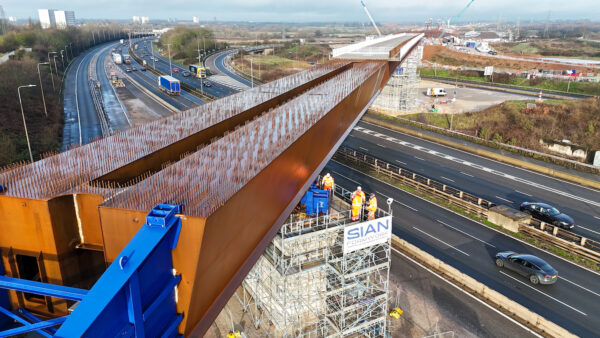
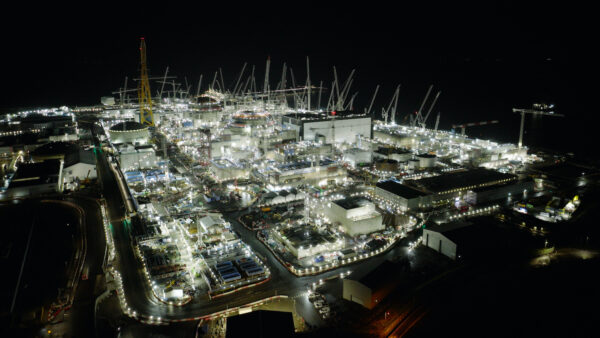
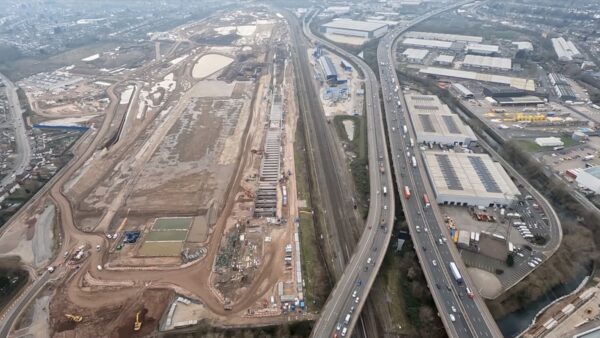

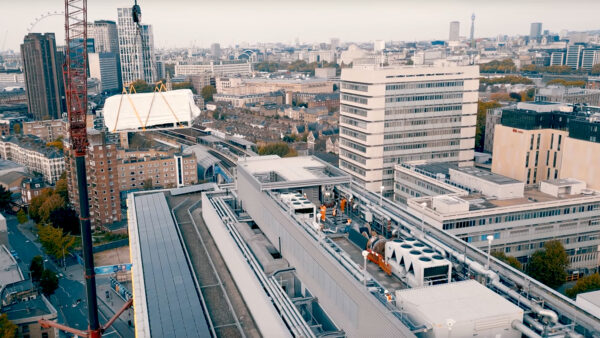
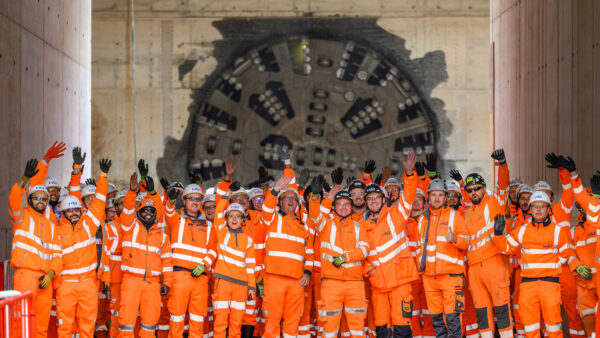



Very interesting and promising concrete technology,
I am from a seismic region and as I am reading through the post, I was wondering if this technology would be used for further development to suit countries with seismic effects?